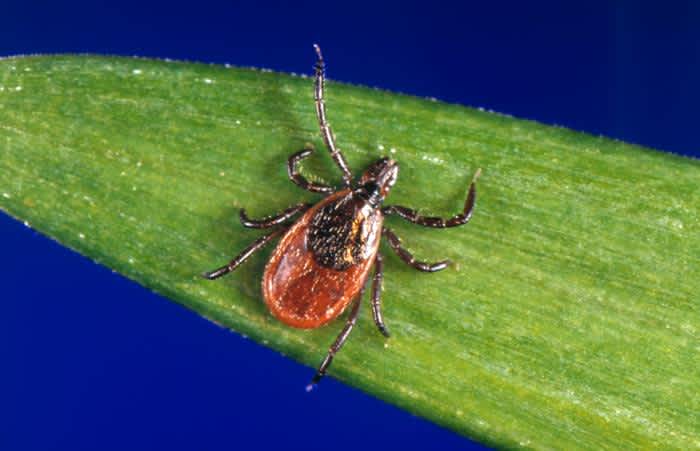More Dangerous Than Lyme Disease? Deadly Tick-borne Powassan Virus Arrives in Connecticut
OutdoorHub Reporters 04.13.15

Researchers in Connecticut have confirmed that a potentially deadly tick-borne virus has entered the state. Spread by blacklegged ticks, commonly known as deer ticks, the Powassan virus can even be more dangerous than Lyme disease and can cause serious nervous system disruptions, encephalitis, and meningitis. In documented cases, about 10 to 15 percent of those who contract the virus will die from it. Although the virus has a low occurrence rate, experts say the state should expect to see its first human cases soon.
“It’s an emerging tick-borne disease that we’re going to be looking at more closely. Right now, we know it’s in the state,” Theodore Andreadis, director of the New Haven Connecticut Agricultural Experiment Station, told NBC News. “We don’t know how widespread it is but we’re going to be doing more work to find out, and with reported cases in surrounding states, it’s quite likely we’re getting some human exposure here in Connecticut.”
Scientists at the station positively identified traces of the virus in ticks from North Brandford and Brideport during a recent survey. The number of ticks infected with Powassan was low, just two to three percent, but the emergence of a new tick-borne disease in the state is troubling. Experts are especially concerned with the Powassan virus due to its numerous and debilitating symptoms.
“You can get seizures, high fevers, stiff neck. It comes on so suddenly that it’s the kind of thing people go to the emergency room for,” Dr. Daniel Cameron, president of the International Lyme and Associated Diseases Society, told CBS News.
The virus can be contracted within minutes of a tick bite and can present symptoms similar to those of Lyme disease. In addition, victims of the Powassan virus are particularly susceptible to neurological damage through encephalitis, or inflammation of the brain. There is no known cure or treatment.
Thankfully, the disease is rare, much more so than Lyme disease. There have been only 50 cases reported in the past decade and the virus seems to be restricted to the Northeast and Great Lakes states. The Powassan virus is appearing more and more often in recent years though, with a record number of human cases in 2013. Researchers like Andreadis said that may be due to the tick’s favorite host, the whitetail deer.
“With the increased forestation in the state and in the Northeast, the deer herd have increased exponentially, then the ticks have increased, and now the virus,” Andreadis told Fox News.
In many parts of the Northeast, deer populations have skyrocketed and are proving to be a nuisance for residents. In addition to becoming a traffic hazard for motorists, deer are also causing widespread forest damage and moving into residential areas. Many towns are now considering managing deer numbers with archery seasons, sharpshooters, or nonlethal methods.
Experts advise residents who plan on spending a lot of time outdoors to practice standard tick prevention practices, such as wearing long sleeves and pants, as well as using bug spray.

